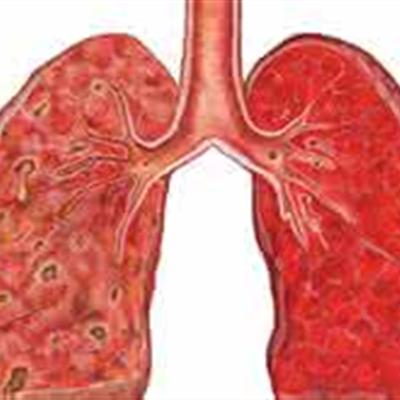How much is proteinuria high
summary
When the urine protein is 0.1-0.2g/l, ± will appear; when the urine protein is 0.2-1.0g/l, +. Nephritis, nephropathy, hypertension, renal arteriosclerosis, pyelonephritis, renal tuberculosis, sepsis, kidney stones, polycystic kidney, renal amyloidosis, hyperthyroidism can appear proteinuria. So, in life, we should pay attention to it, the following is about how much high urinary protein.
How much is proteinuria high
Symptom 1: renal vasospasm: cold, pain and other factors can cause vasospasm. As a result of renal vasospasm, to make microvascular wall permeability increased, resulting in proteinuria.

Symptom 2: hypoxia factor: when strenuous exercise causes the increase of acid substances, the acid metabolites can not be fully oxidized due to hypoxia, which stimulates the renal tissue and increases the excretion of urinary protein.

Symptom 3: when the quality and quantity of protein in the blood are abnormal: such as intravenous infusion of protein, eating too much protein, there is often temporary proteinuria, but the 24-hour urine protein should be less than 0.2g.

matters needing attention
Warm reminder: persistent proteinuria is mostly pathological proteinuria, which means that proteinuria is not affected by body position, and it is positive after many times of examination. Quantitative analysis of proteinuria and its components should be carried out, and further differentiation should be made in combination with clinic. Common causes: 1. Glomerular proteinuria: ① primary glomerular disease; ② secondary glomerular disease, such as lupus nephritis, diabetic nephropathy, renal amyloidosis; ③ hereditary glomerulonephritis. 2、 Renal tubular proteinuria: ① chronic pyelonephritis (reflux kidney disease); ② chronic interstitial nephritis of unknown cause; ③ tubulointerstitial disease caused by antibiotics; ④ analgesic kidney disease; ⑤ gouty kidney disease, etc. Usually when the renal glomeruli or tubules are irreversibly destroyed, there will be persistent proteinuria. Glomerular disease is the most common cause of pathological proteinuria.










